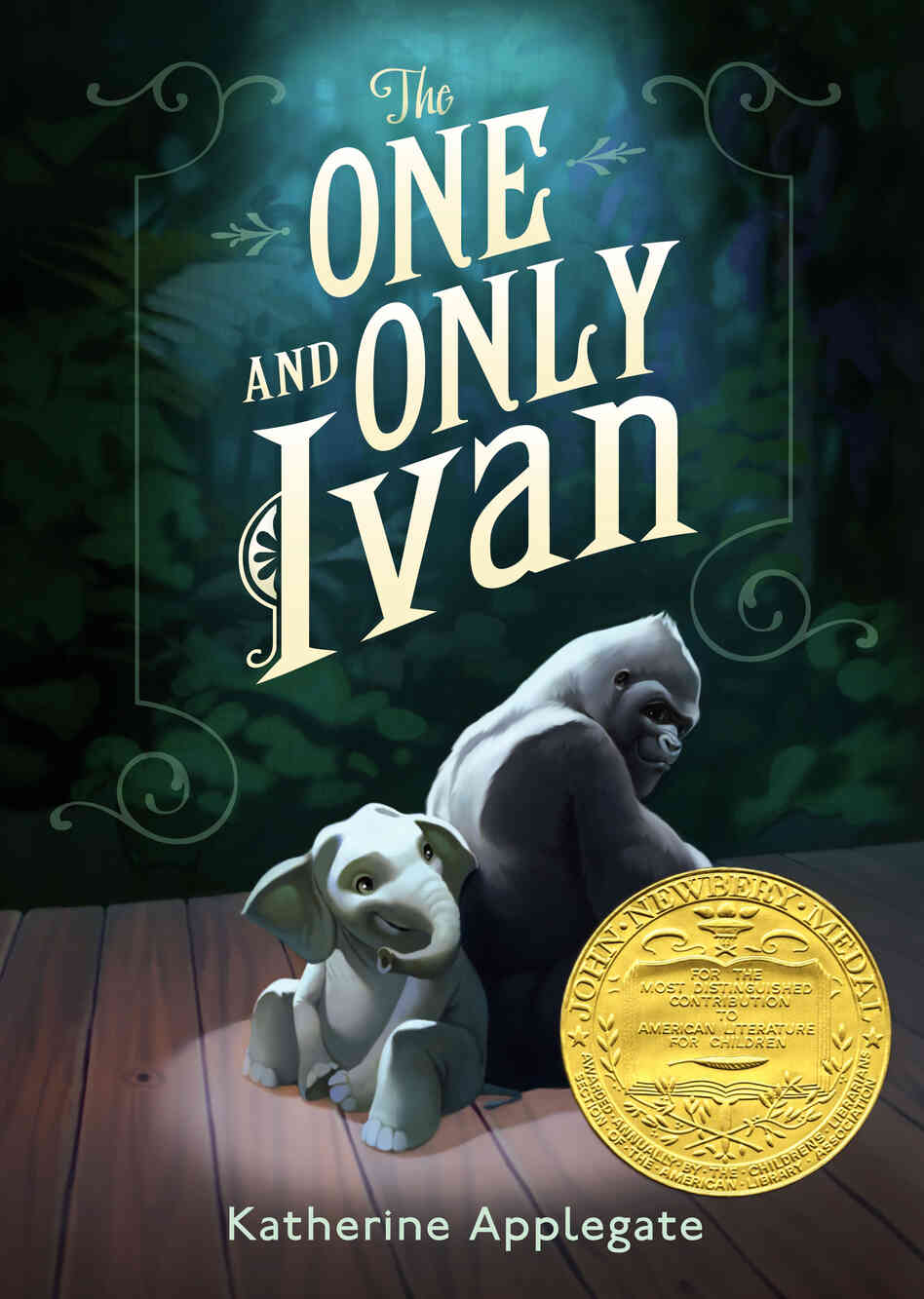Hosseini, Khaled. And the Mountains Echoed. New York: Riverhead Books, 2013. Print.
image from: http://img1.imagesbn.com/p/9781594631764_p0_v5_s260x420.JPG

"This is what aging is, these random unkind moments that catch you when you least expect them" (Hosseini 231).
My Thoughts
I love the way Hosseini tells a story! This book tells many stories and had me interested in the opening chapter when a father tells a story to his two children to illustrate a hard truth: sometimes difficult choices are made to benefit the "greater good."
The main themes of this book are abandonment and penance. Many characters are disfigured as well. This may be a physical or psychological manifestation.
The main characters of this story are brother & sister Abdullah & Pari. However, the book spans several generations and travels to several countries and includes multiple characters. I was interested in learning about the various cultures, and Hosseini gives glimpses without having to explicitly explain.
Pari collects feathers as a young girl. Her brother Abdullah protects her & collects the feathers. Upon Abdullah's death, his daughter Pari finds a box full of feathers. Sadly, the daughter doesn't understand the significance, but the reader gets it! WOW!
Chapter Four begins a letter from Nabi to Mr. Markos, but it is really meant for Pari. I felt a range of emotions about Nabi while reading this "confession" and began to understand some connections between the characters. Nabi's letter is the "meat" of the story, and it is juicy!
There are several flashes of time in this book. The author breaks it up visually. I could see this story being put on the big screen very easily because as I read, I had the fade back moments. Sometimes, the breaks were distracting or rushed the story. The one element that ran throughout the book is that there are no coincidences. People are put into our lives for reasons, experiences shape us, and somehow, we are all connected. Someone at my book club described this as Hosseini weaving the threads together. This book is universal because it focuses on the human connection and the complexity of good and evil.
I was taking notes as I read, but then I started marking up the book. This is one I will reread and am glad I bought my own copy. This is also a book the reader needs to experience. My words will not express the beauty of this story.





